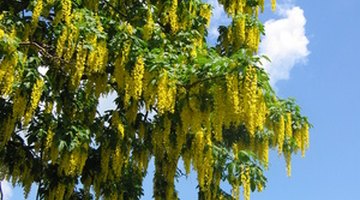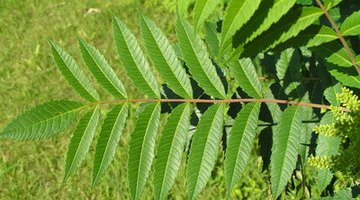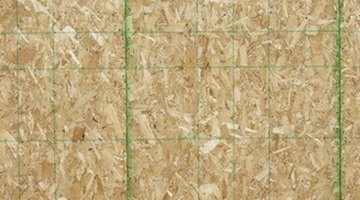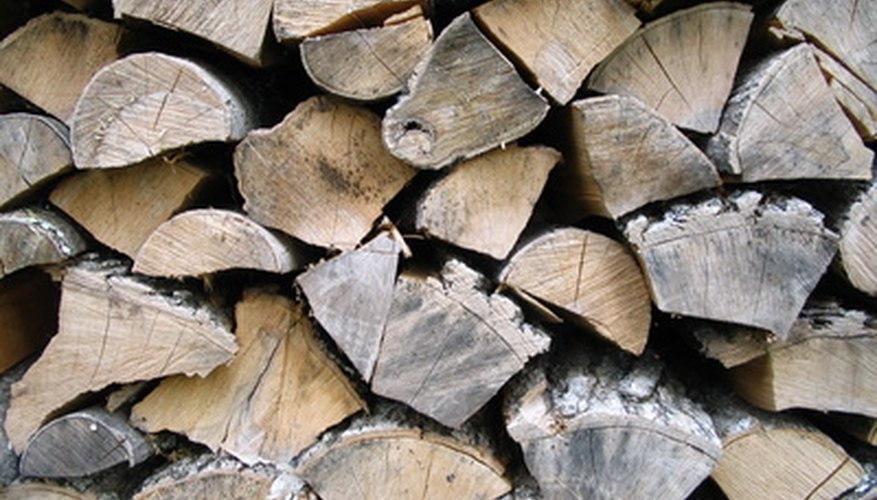Although burning wood in your fireplace or wood stove can help cut your energy costs, not all wood should be burnt as firewood. Most natural varieties of wood can be burnt providing the wood is properly dried and left untreated, but some varieties of wood can be unpleasant or even toxic when burnt as firewood. Be sure you know how to identify different species of wood to make the right choice.
Laburnum

The Laburnum tree is commonly referred to as the Golden Chain, and it is a small to medium sized tree that produces a yellow flower in the spring. Every part of the Laburnum tree is considered poisonous and may even be lethal in large doses. Symptoms of Laburnum poisoning include sleepiness, coma, vomiting and diarrhoea, convulsions, frothing at the mouth and unequally dilated pupils. The wood of the Laburnum tree should never be used as firewood since it produces an acrid smoke that taints food and can cause severe reactions from exposure to the toxins in the tree.
- The Laburnum tree is commonly referred to as the Golden Chain, and it is a small to medium sized tree that produces a yellow flower in the spring.
- The wood of the Laburnum tree should never be used as firewood since it produces an acrid smoke that taints food and can cause severe reactions from exposure to the toxins in the tree.
Poison Sumac

As the name implies, Poison Sumac is poisonous and should never be burnt for firewood. The Sumac tree bark contains an oil called urushiol that causes skin rashes. The smoke of a burnt Sumac may also contain traces of urushiol and can cause severe allergic reactions on the skin or in the lungs if smoke is inhaled. The same principles apply to the Poison Dogwood tree, the Poison Elderberry tree, the Poison Elder tree and the Poison Oak tree. You should also avoid burning firewood that is in close proximity to poisonous tree varieties or any wood pieces that you are unable to identify.
- As the name implies, Poison Sumac is poisonous and should never be burnt for firewood.
Treated Wood

Although it may be tempting to gather any scrap wood you can find for use as firewood, always be sure you know where your firewood comes from to avoid possible dangers. Never burn any type of wood that has been pressure treated or coated in any kind of chemical such as paint, varnish or wood stain. If you burn treated wood, you could release noxious fumes that may be harmful. You could also ignite flammable chemicals in the wood that could cause an controllable fire or even an explosion.
- Although it may be tempting to gather any scrap wood you can find for use as firewood, always be sure you know where your firewood comes from to avoid possible dangers.
- You could also ignite flammable chemicals in the wood that could cause an controllable fire or even an explosion.
